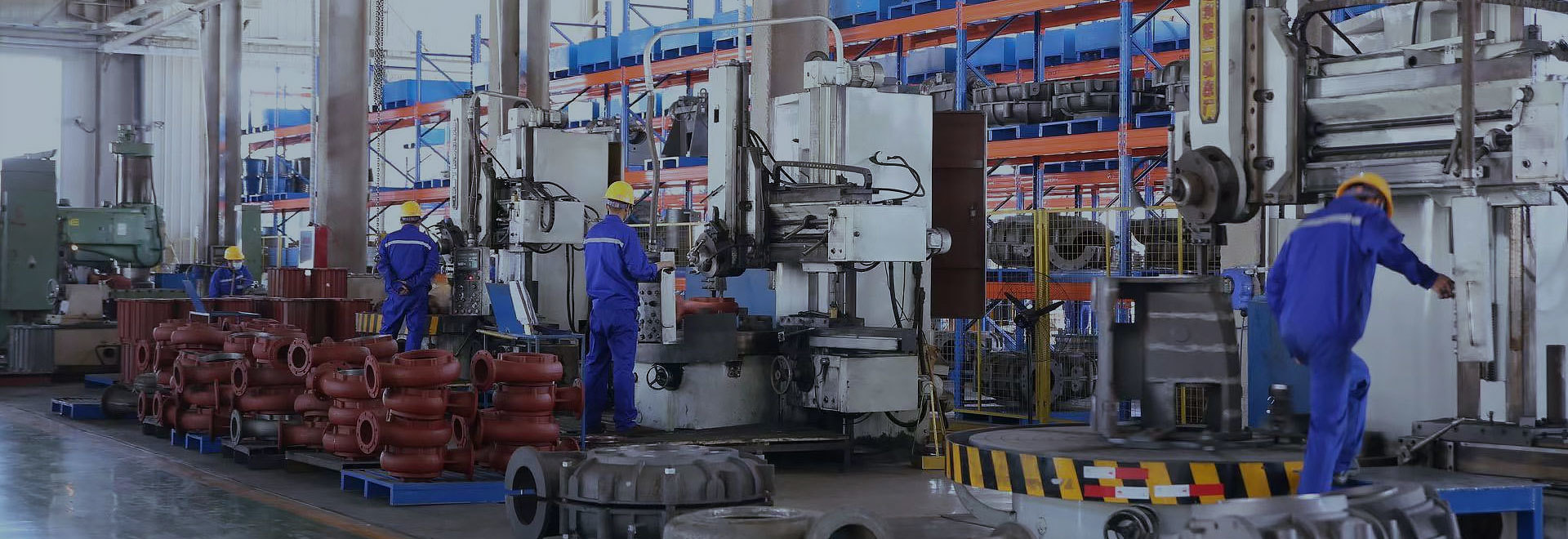Selection of shaft seal for slurry pump
Published:
Jan 14,2025
The shaft seal of a slurry pump is a sealing device used to prevent leakage between the fluid inside the pump and the atmosphere outside the pump. This article introduces three common types of shaft seals for slurry pumps, along with their respective advantages and disadvantages.

The shaft seals of slurry pumps are divided into three types: packing seals, auxiliary impeller seals, and mechanical seals, each with its own advantages and disadvantages.
(1) Packing Seal
First, the packing seal is the most common type of seal. The packing added to the packing chamber is in full contact with the shaft and continuously injects water under pressure into the packing to prevent the conveyed medium from leaking out, thus achieving the sealing purpose. The pressure of the sealing water must exceed the outlet pressure of the slurry pump by 1.5 kg. When conveying corrosive materials, it may cause corrosion to the packing, so the disadvantage of this sealing form is that it cannot transport toxic or severely corrosive liquids. The packing shaft seal has a simple structure, is easy to maintain, and is inexpensive, making it widely used in mineral processing plants and coal washing plants.
(2) Auxiliary Impeller Seal
The auxiliary impeller seal of the slurry pump relies on the auxiliary impeller to generate a reverse centrifugal force to prevent the slurry from leaking out, thus achieving the sealing effect. The use of the auxiliary impeller seal requires that the back pressure of the slurry pump does not exceed 15% of the outlet pressure of the slurry pump. Single-stage pumps or the first stage of multi-stage series pumps can use the auxiliary impeller shaft seal. The auxiliary impeller shaft seal has advantages such as no need for sealing water, no dilution of the slurry, and good sealing effect. Therefore, this type of seal can be considered when dilution of the slurry is not allowed or when there is no flushing water available on-site.
(3) Mechanical Seal
The mechanical seal achieves sealing by having the dynamic ring and static ring tightly contact each other along the axial direction with the help of springs. Mechanical seals are reliable and almost leak-proof, but care must be taken to protect the friction surfaces during installation to avoid wear. Mechanical seals are generally divided into single-end mechanical seals and double-end mechanical seals.
Common single-end mechanical seals are further divided into three types: non-water-injection mechanical seals, water-injection external flushing mechanical seals, and water-injection internal flushing mechanical seals. Non-water-injection mechanical seals do not require sealing water and are also known as dry mechanical seals; water-injection external flushing mechanical seals require sealing water, with a sealing water pressure of 1.5 kg, and are also known as external flushing mechanical seals; water-injection internal flushing mechanical seals require sealing water, with the sealing water pressure needing to exceed the outlet pressure of the slurry pump by 1.5 kg, and are also known as internal flushing mechanical seals. It is recommended to use a flushing liquid that does not dilute the slurry or is compatible with the slurry without affecting its characteristics for internal flushing mechanical seals.
Double-end seals require a flushing plan to lubricate the second mechanical seal. Slurry pumps generally use an external flushing tank for flushing, and the sealing flushing water in the tank can be selected based on the operating conditions of the mechanical seal to choose an appropriate tank volume. This not only ensures the flushing and lubrication of the second mechanical seal but also removes the heat generated by the mechanical seal, further extending its service life.
Keyword:
Slurry Pump,Slurry pump shaft seal
SHANGLISHI PUMP GROUP
Department Director: Ms. Wang
Tel: +86-311-82725800/82725629
Email: admin@sls-pump.com
WhatsApp: +86 15830676372
Mobile Website

Mobile Website
Copyright © 2022 SHANGLISHI PUMP GROUP


